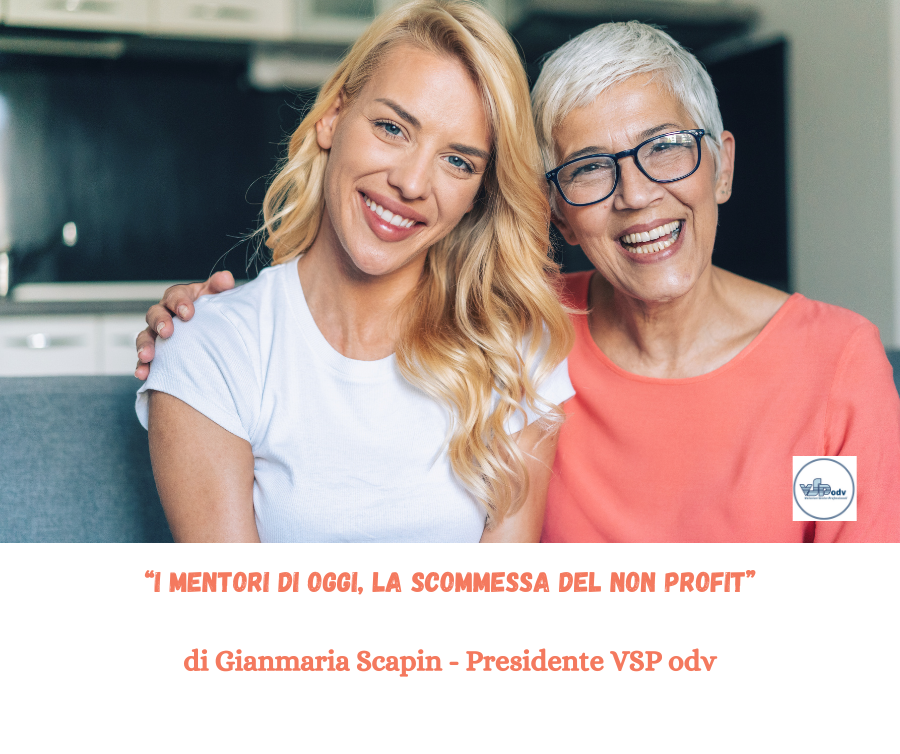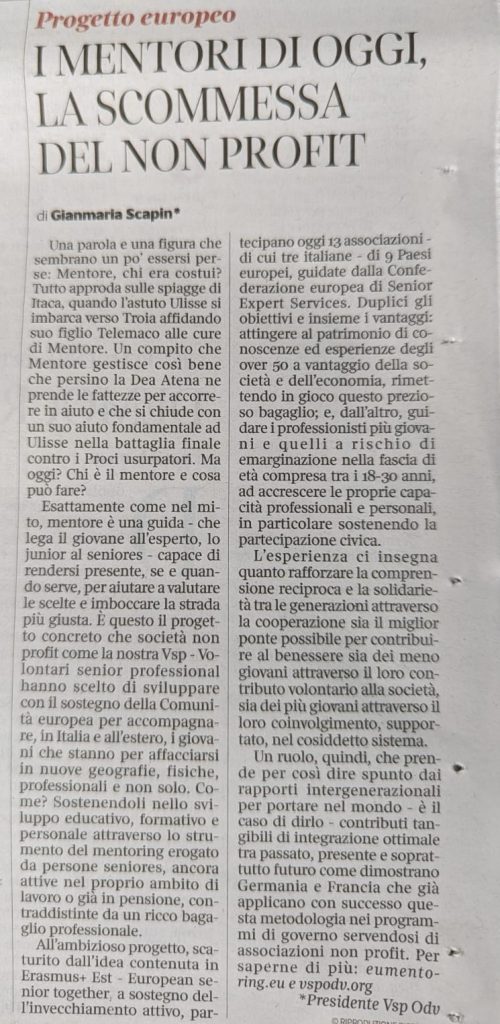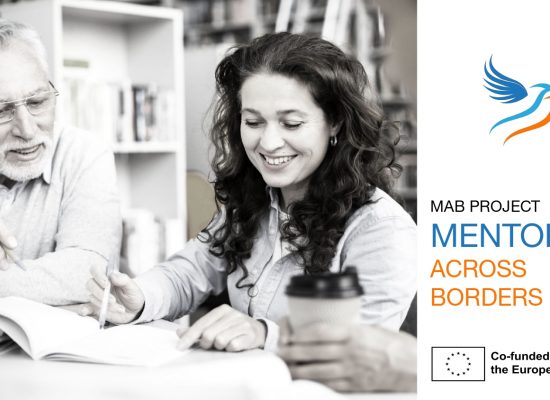
L’articolo che parla di VSP e del nuovo progetto sui Mentor è stato inoltrato dal CESES a tutte le associazioni di volontariato Europee coinvolte nel progetto MAB e a tutti imembri Europei membri del CESES.
Da “Il Corriere della Sera” del 04 luglio 2023
I MENTORI DI OGGI, LA SCOMMESSA DEL NON PROFIT
di Gianmaria Scapin – Presidente VSP odv
Una parola e una figura che sembrano un po’ essersi perse: Mentore, chi era costui? Tutto approda sulle spiagge di Itaca, quando l’astuto Ulisse si imbarca verso Troia affidando suo figlio Telemaco alle cure di Mentore. Un compito che Mentore gestisce così bene che persino la Dea Atena ne prende le fattezze per accorrere in aiuto e che si chiude con un suo aiuto fondamentale ad Ulisse nella battaglia finale contro i Proci usurpatori. Ma oggi? Chi è il mentore e cosa può fare?
Esattamente come nel mi- to, mentore è una guida che lega il giovane all’esperto, lo junior al seniores – capace di rendersi presente, se e quando serve, per aiutare a valutare le scelte e imboccare la strada più giusta. È questo il progetto concreto che società non profit come la nostra VSP- Volontari senior professionali – hanno scelto di sviluppare con il sostegno della Comunità europea per accompagnare, in Italia e all’estero, i giovani che stanno per affacciarsi in nuove geografie, fisiche, professionali e non solo.
Come? Sostenendoli nello sviluppo educativo, formativo e personale attraverso lo strumento del Mentoring erogato da persone seniores, ancora attive nel proprio ambito di lavoro o già in pensione, contraddistinte da un ricco bagaglio professionale.
All’ambizioso progetto, scaturito dall’idea contenuta in Erasmus+ Est – European Senior Together, a sostegno dell’invecchiamento attivo, partecipano oggi 13 associazioni – di cui tre italiane – di 9 Paesi europei, guidate dalla Confederazione europea di Senior Expert Services. Duplici gli obiettivi e insieme i vantaggi: attingere al patrimonio di conoscenze ed esperienze degli over 50 a vantaggio della società e dell’economia, rimettendo in gioco questo prezioso bagaglio; e, dall’altro, guidare i professionisti più giova- ni e quelli a rischio di emarginazione nella fascia di età compresa tra i 18-30 anni, ad accrescere le proprie capacità professionali e personali, in particolare sostenendo la partecipazione civica.
L’esperienza ci insegna quanto rafforzare la comprensione reciproca e la solidarietà tra le generazioni attraverso la cooperazione sia il miglior ponte possibile per contribuire al benessere sia dei meno giovani attraverso il loro contributo volontario alla società, sia dei più giovani attraverso il loro coinvolgimento, supportato, nel cosiddetto sistema.
Un ruolo, quindi, che prende per così dire spunto dai rapporti intergenerazionali per portare nel mondo – è il caso di dirlo – contributi tangibili di integrazione ottimale tra passato, presente e soprattutto futuro come dimostrano Germania e Francia che già applicano con successo questa metodologia nei programmi di governo servendosi di associazioni non profit.
Per saperne di più: www.eumentoring.eu e vspodv.org

Article by VSP ODV in Corriere della Sera
Earlier last month, Gianmaria Scapin from VSP ODV (Italy) had his article published in the Italian newspaper “Corriere della Sera” concerning the role of the Mentor. We believe it is the first time that there has been an explicit mention of CESES in the Italian news.
Translation:
Today’s mentors, the nonprofit’s bet
“A word and a figure that seem a bit self-serving: Mentor, who was he? It all comes to a head on the shores of Ithaca, when the wily Odysseus embarks for Troy, entrusting his son Telemachus to the care of Mentor. A task that Mentor handles so well that even the Goddess Athena takes her likeness to come to his aid, and which ends with her providing Odysseus with crucial help in the final battle against the usurping Proci. But today? Who is the mentor and what can he do?
Exactly as in the myth, mentor is a guide – linking the young to the expert, the junior to the senior – capable of making himself present, if and when needed, to help evaluate choices and take the right path. This is the concrete project that non-profit organisations such as our Vsp – Senior Professional Volunteers – have chosen to develop with the support of the European Community to accompany, in Italy and abroad, young people who are about to enter new geographies, physical, professional and otherwise. How? By supporting them in their educational, training and personal development through the instrument of mentoring provided by elderly persons, still active in their field of work or already retired, distinguished by a rich professional background.
Today, 13 associations – three of them Italian – from 9 European countries, led by the European Confederation of Senior Expert Services, participate in the ambitious project, which stems from the idea contained in Erasmus+ Est – European Senior Together, in support of active ageing. The objectives are twofold and at the same time the advantages: to draw on the wealth of knowledge and experience of the over 50s for the benefit of society and the economy, putting this precious baggage back into play; and, on the other hand, to guide younger professionals and those at risk of marginalisation in the 18-30 age group, to enhance their professional and personal skills, in particular by supporting civic participation.
Experience teaches us how strengthening mutual understanding and solidarity between generations through cooperation is the best possible bridge to contribute to the well-being of both the younger generation through their voluntary contribution to society and the younger generation through their supported involvement in the so-called system.
A role, therefore, that takes its cue from intergenerational relations to bring into the world – and it has to be said – tangible contributions of optimal integration between past, present and especially future as Germany and France already successfully apply this methodology in government programmes using non-profit associations.”
by Gianmaria Scapin



